By all logic, Howard Snitzer should have died on March 4, 2011. On that day, he collapsed on the sidewalk outside of Don’s Foods grocery store, suffering a massive heart attack. However, thanks to over 20 strangers performing CPR on him for 96 minutes, Howard survived.
Howard lived in Goodhue, Minnesota, a small Midwestern town that has a population of less than 1,000 people and barely has any traffic lights. Even if Howard was in a bustling, heavily-populated city, 94% of people who suffer sudden cardiac arrest die before they make it to the hospital. However, the quick action of the few neighbors around him saved his life.
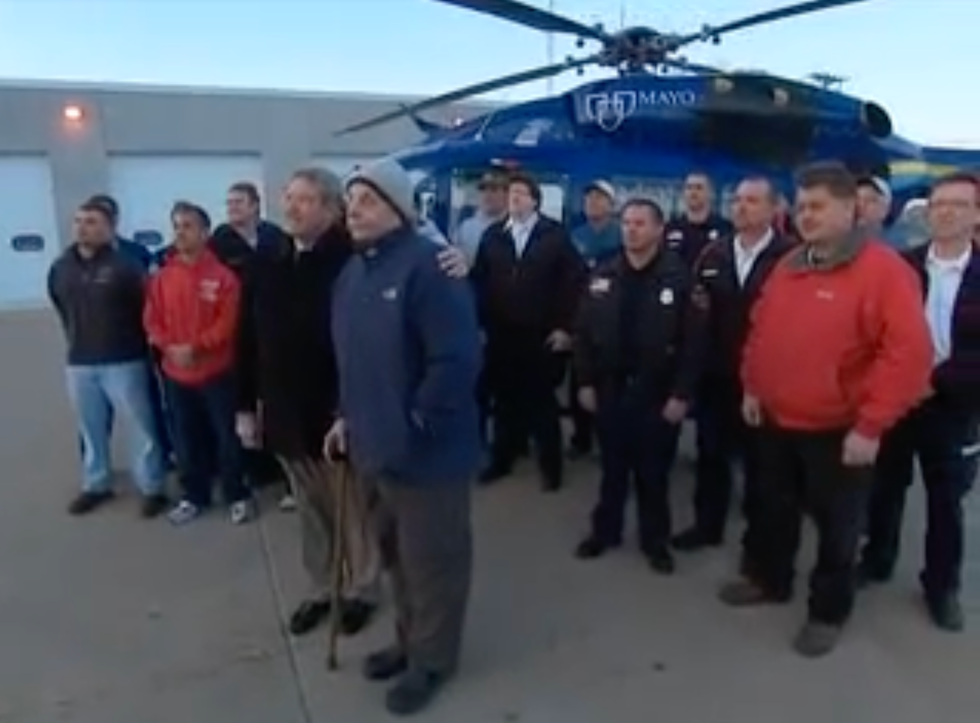
A grocery clerk and a customer saw Howard collapse outside of the store and immediately called 911. Two mechanics who ran the car shop from across the street were volunteer first responders trained in CPR. They pulled Howard into the store and used a defibrillator while performing CPR. Paramedic crews from three different towns responded to the call, moving Howard to the Goodhue firehouse, all the while taking turns performing CPR.
"We just lined up and when one guy had enough, the next guy jumped in," Roy Lodermeier, one of the mechanics, told ABC News. "That's how it went."
"Usually, there was someone on the sidelines saying, 'Hey, you want me to take over? You need a break?’" said Candace Koehn, an off-duty corrections officer who was one of the first to help with CPR duties.
- YouTubeyoutu.be
In the end, a line of over 20 people took turns, rotating in and out, to keep Howard’s blood pumping through CPR for over an hour until a helicopter from the Mayo Clinic arrived to fly Howard to the nearest hospital for treatment. Typically, paramedics cease CPR after 45 minutes if the victim doesn’t have a pulse, however Howard was showing other vital signs that encouraged the Mayo Clinic workers to continue CPR and fight for his life along with him. After one last massive dose of antiarrhythmic drugs and a shock from a defibrillator, Howard’s heart restarted after nearly two hours of resuscitation.
People who live in smaller communities know that due to their limited resources and access to them, they’re on their own. It can feel isolating at times. However, that doesn’t mean that there isn’t help. In fact, the community is the only thing that can be counted on. Yet these people weren’t family or friends of Howard. Most of them didn’t even know each other either. They were just a group of people that came together under one common goal: Let’s save this man.
What can be learned from small communities like Goodhue can be replicated to larger ones, too. The 1995 Kobe Earthquake in Japan saw over one million person-days of volunteer activity, a measure of the number of people times the hours they contributed. The 2025 Los Angeles Wildfires in the Pacific Palisades and Eaton communities saw strangers chipping in to help the elderly and incapacitated evacuate their homes, feed volunteer rescue crews, and even save horses.
Whether it’s in rural communities like Goodhue or sprawling metropolitan areas like Los Angeles, the common human instinct is to come together to help your neighbor. Whether that neighbor is literally next door or a person you’ve never met.
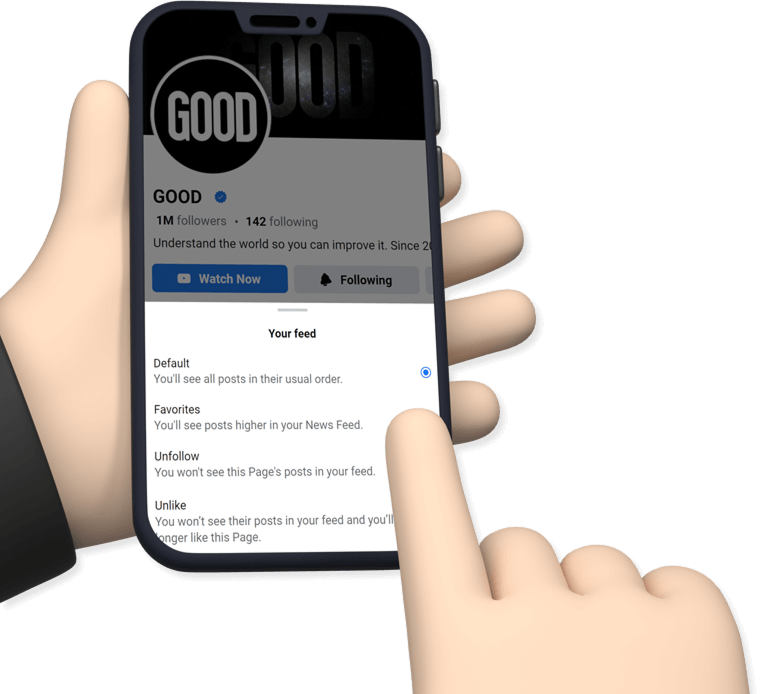





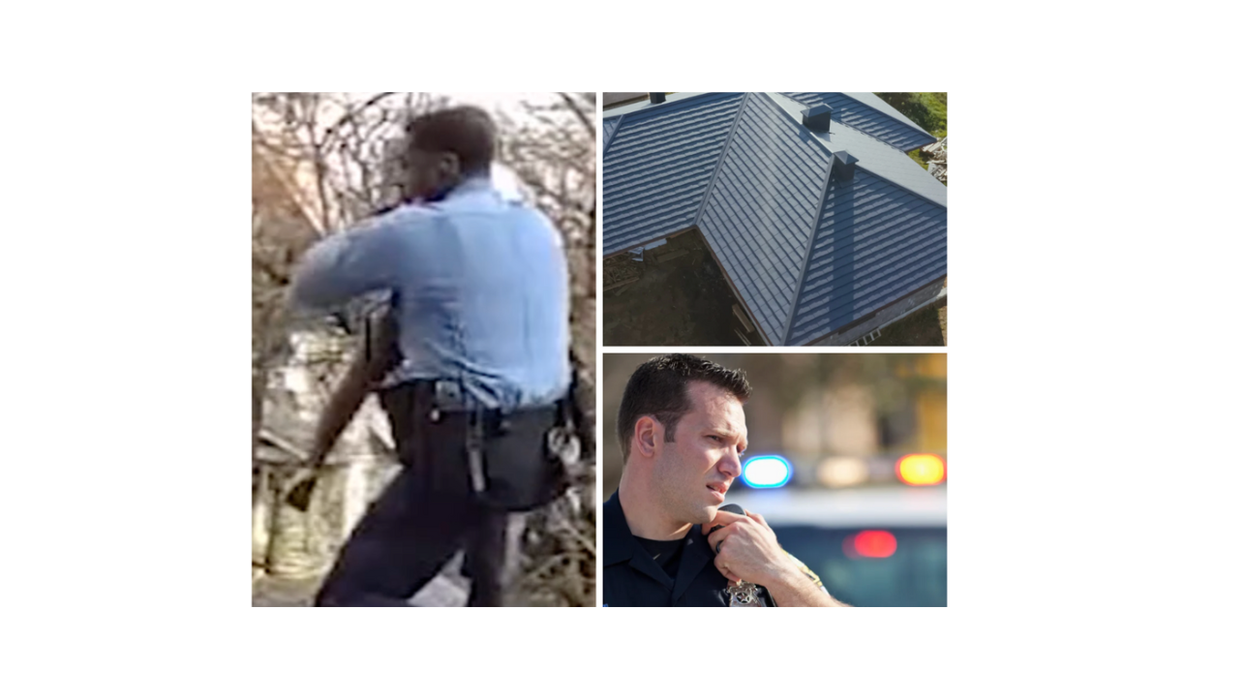
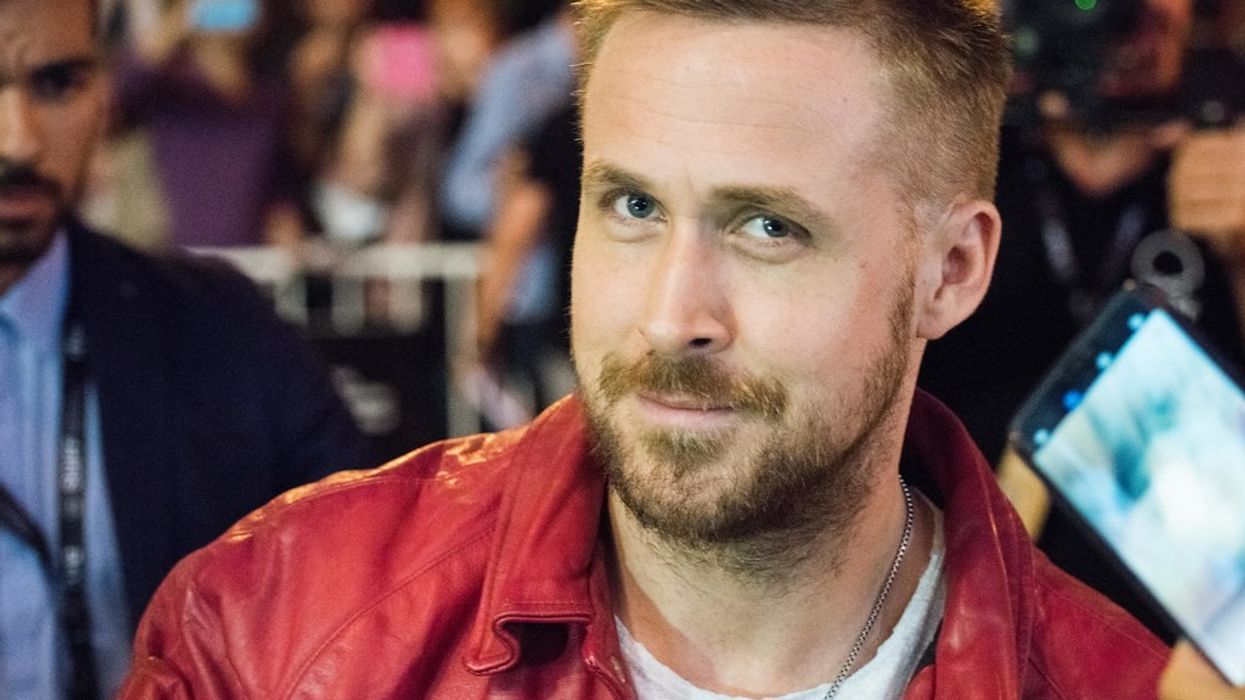

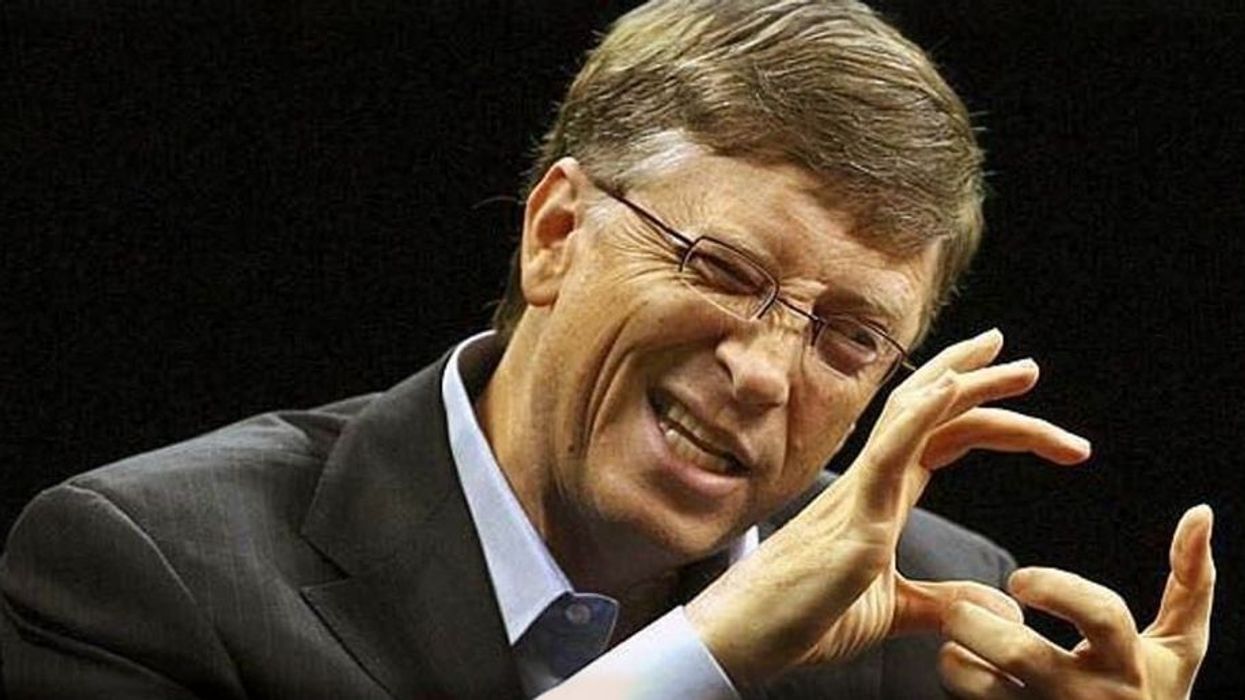

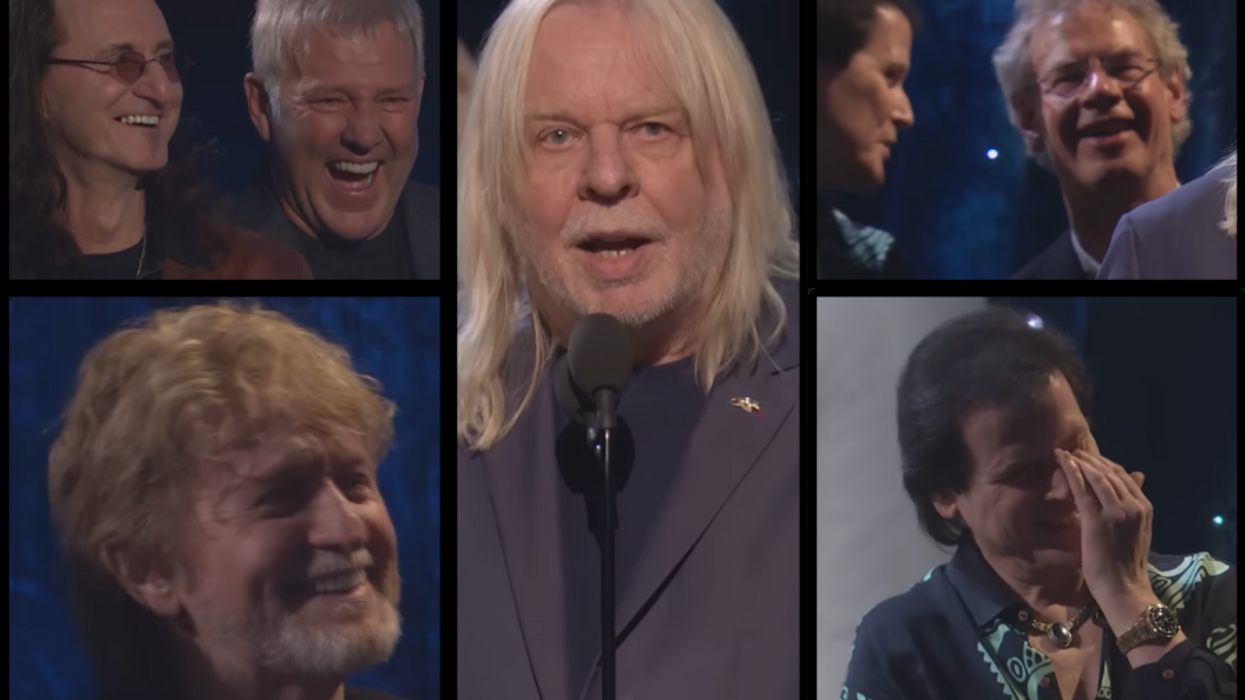





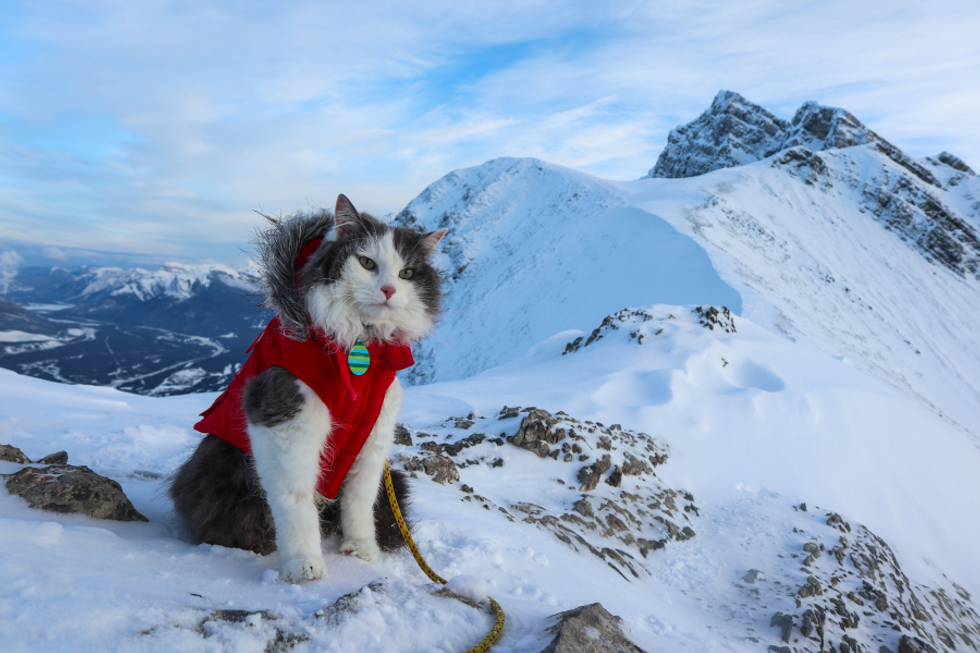 Let us all bow before Gary, the Internet's most adventurous feline. Photo credit: James Eastham
Let us all bow before Gary, the Internet's most adventurous feline. Photo credit: James Eastham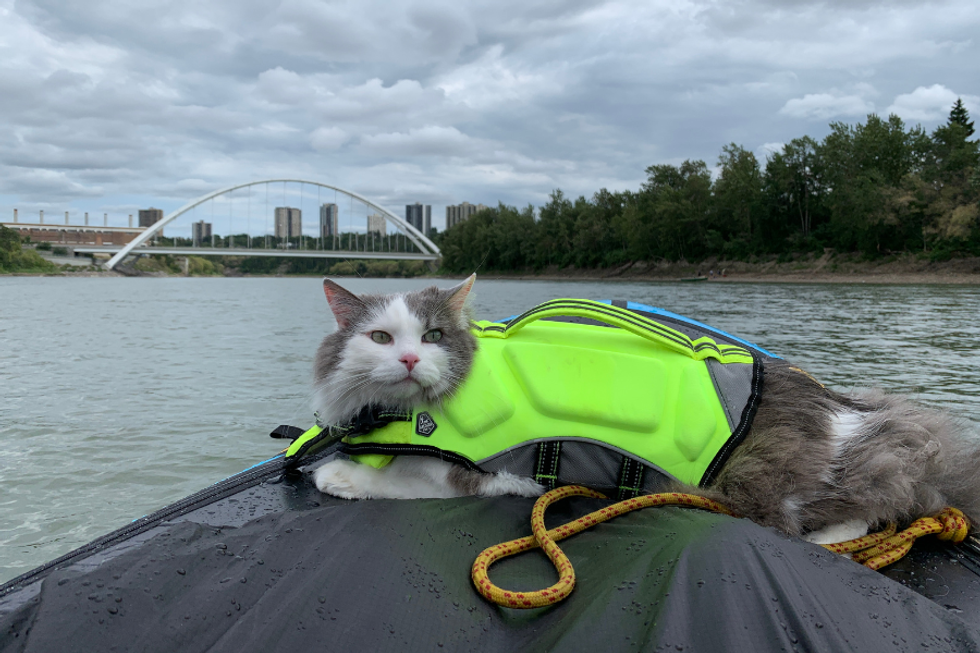 Gary the Cat enjoys some paddling. Photo credit: James Eastham
Gary the Cat enjoys some paddling. Photo credit: James Eastham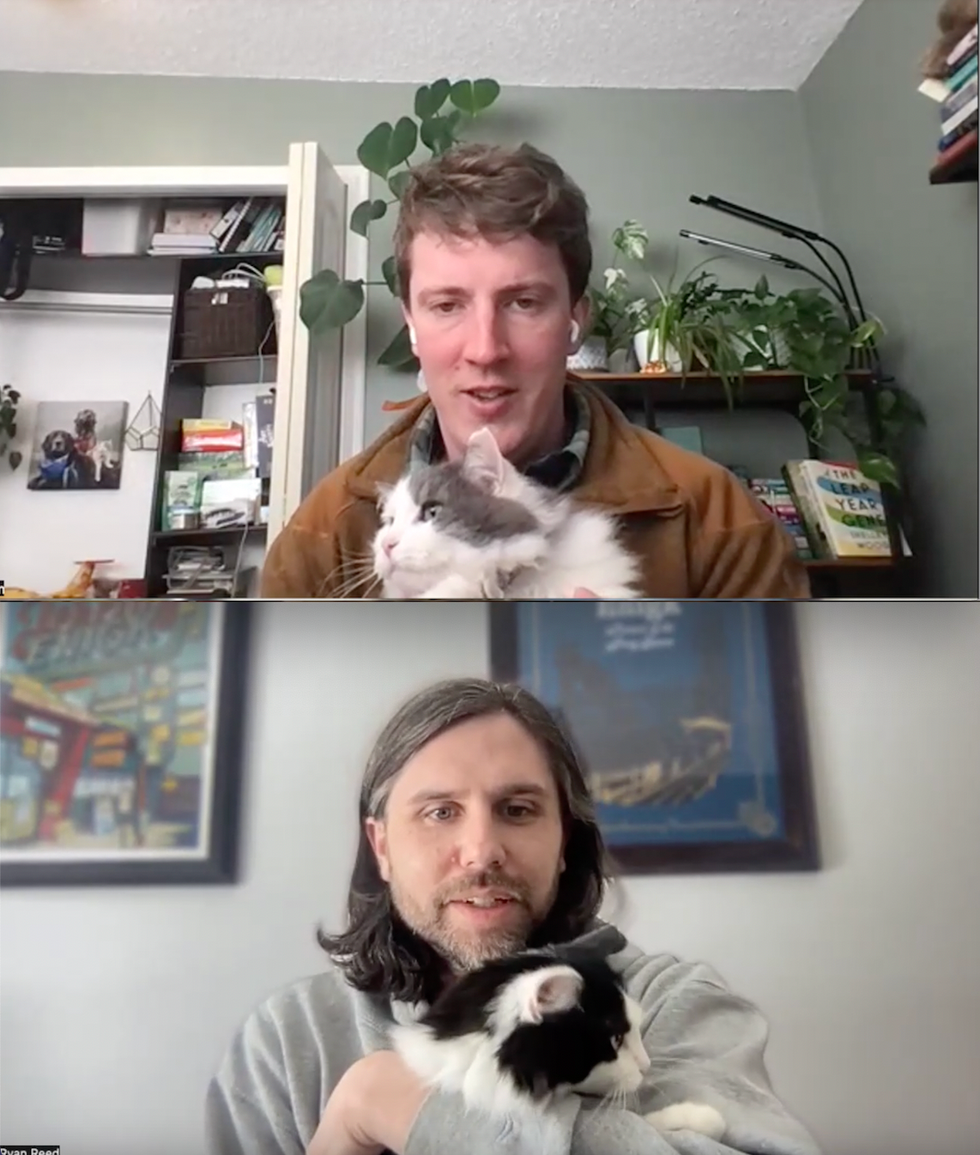 James and Gary chat with Ryan Reed and Tony Photo credit: Ryan Reed
James and Gary chat with Ryan Reed and Tony Photo credit: Ryan Reed
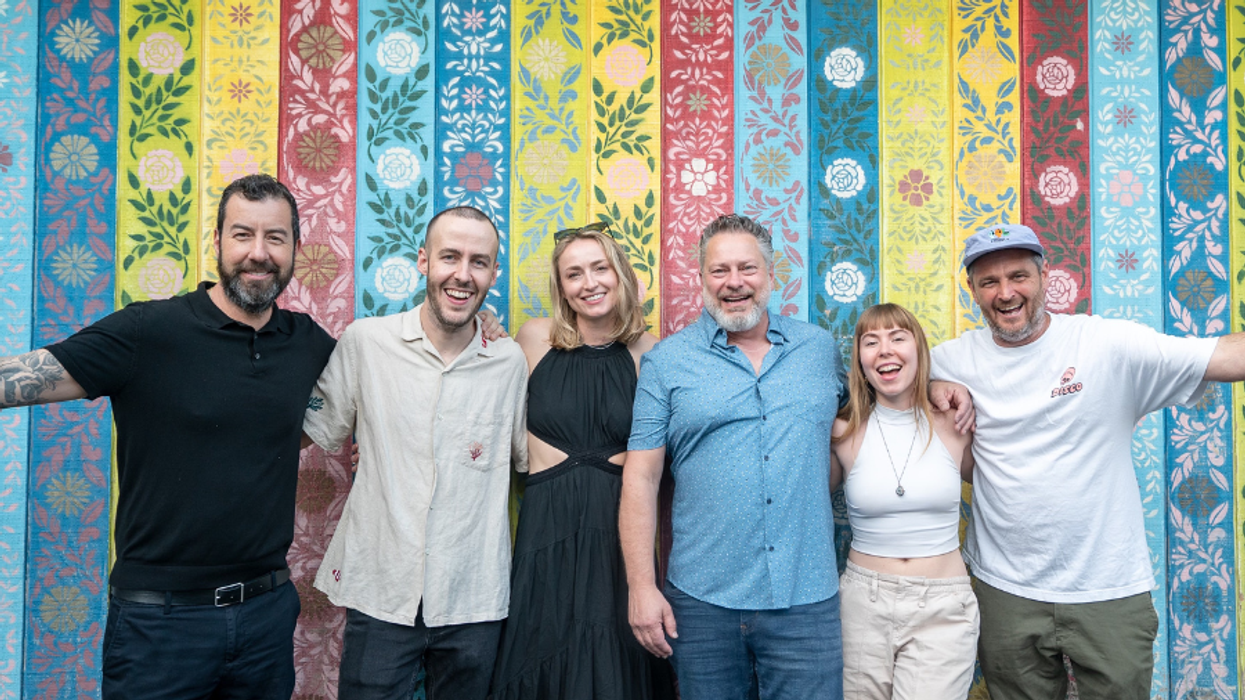
 Good Neighbor record.Photo credit: Good Neighbor
Good Neighbor record.Photo credit: Good Neighbor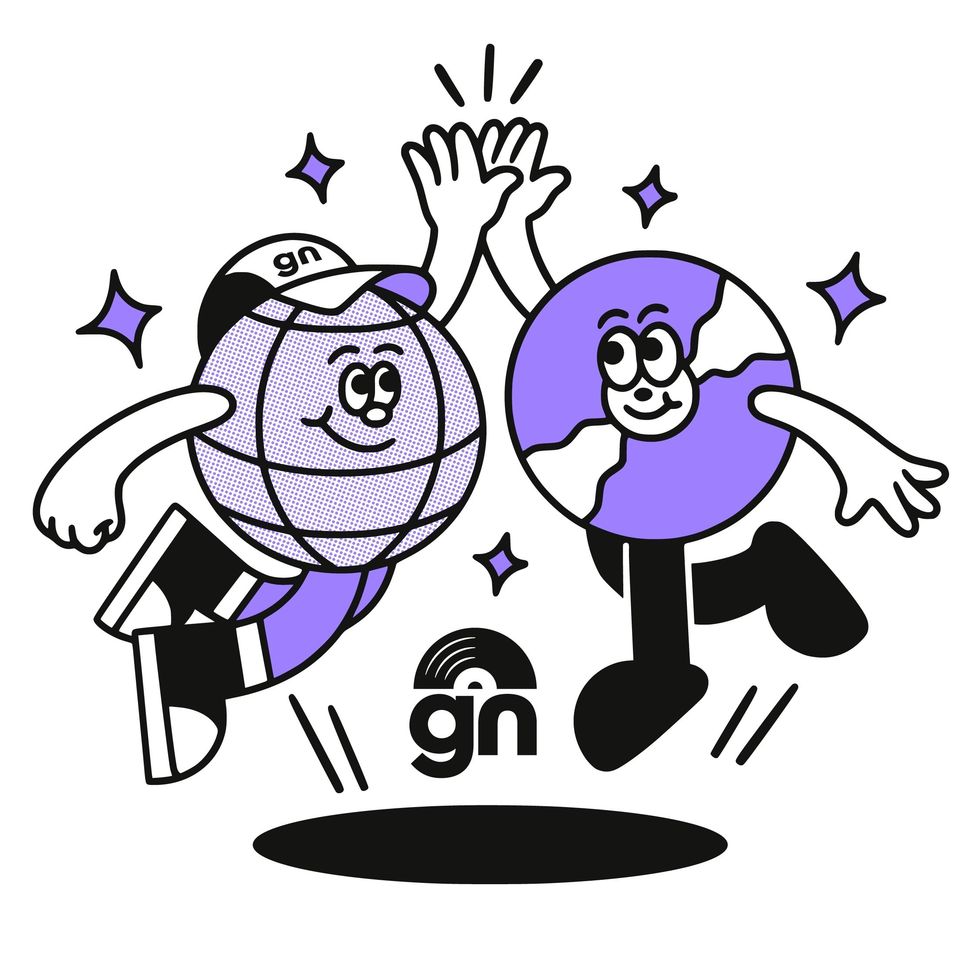 Photo credit: Good Neighbor
Photo credit: Good Neighbor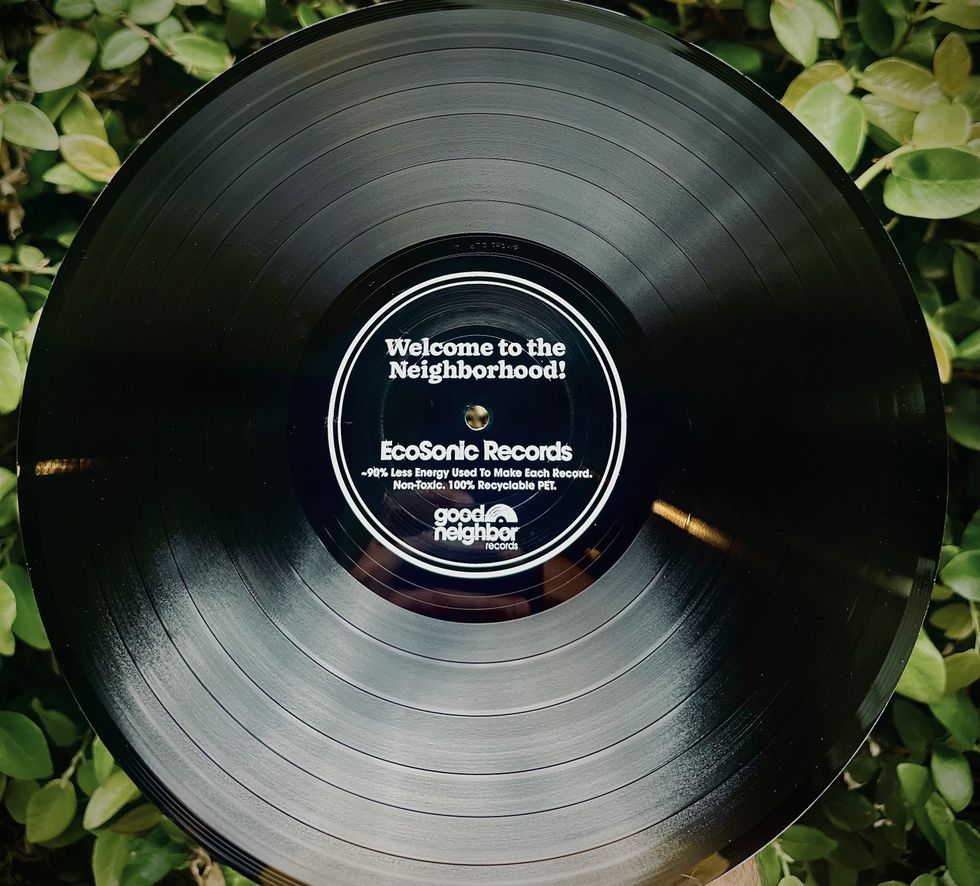 Good Neighbor Records are green.Photo credit: Good Neighbor
Good Neighbor Records are green.Photo credit: Good Neighbor
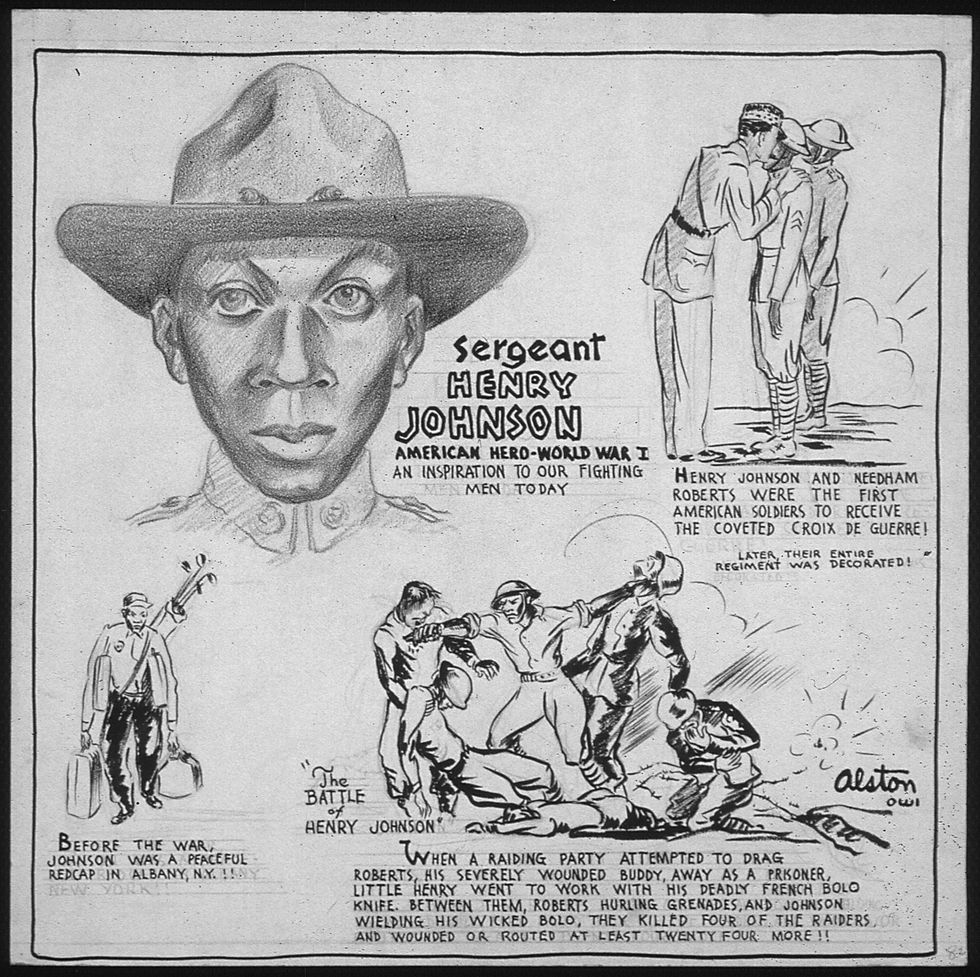 The military used Henry Johnson for recruitment efforts.Photo credit: Wikimedia Commons
The military used Henry Johnson for recruitment efforts.Photo credit: Wikimedia Commons


